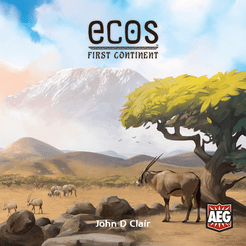I have been struggling to decide on my next project, but the
cancellation of Salute and other shows due to CoVID19 prompted me to come up
with a decision and buy some figures. I’ve decided to focus on the American War
of Independence in 28mm. Next I looked up various OB’s but the brigade structure
appears to be very fluid, so I planned to focus on one battle and Monmouth looked
good. When the Perry boxes arrived, I flicked through the British painting
guide and the name of the 55th Regiment of Foot stood out i.e. The
Westmoreland Regiment. My wife hails from Cumbria, a county that is an amalgam of
the old counties of Westmoreland and Cumberland. I immediately abandoned the
notion of historical OB’s, and will instead use British regiments with a personal
connection. It is almost certain that the wife’s ancestors would have served in
the local regiments at the time of the American rebellion! So, below is my
first unit, the 55th Westmoreland Regiment of Foot.
I’ve not yet decided on a set of rules to use, but I thought
a 16 figure unit looked about right. I did consider using a larger number of
figures, but on a 6’x4’ table this would have severely impacted on the number
of units that could be fielded. I finally have a project to work on. I still
need to do much reading and research concerning organisation etc. For example
do loyalist units (e.g. De Lancey’s battalions) carry flags? If so, what did
they look like? Anyway, next up is the 34th (Cumberland) Regiment of
Foot.




